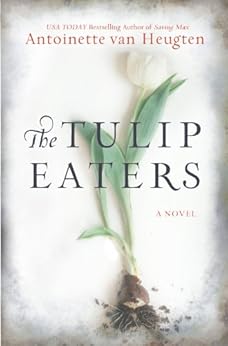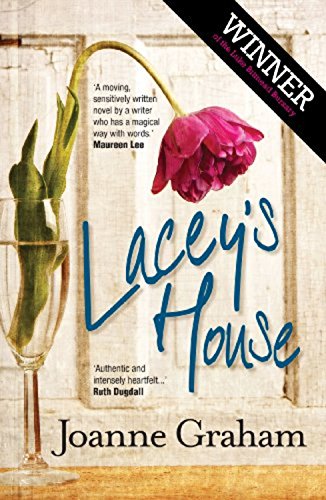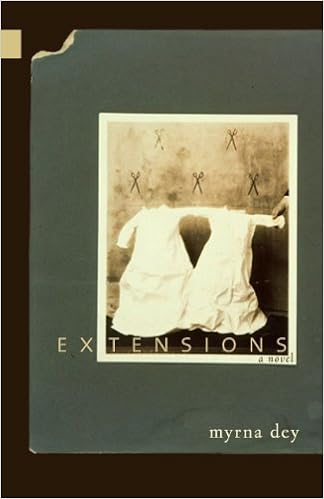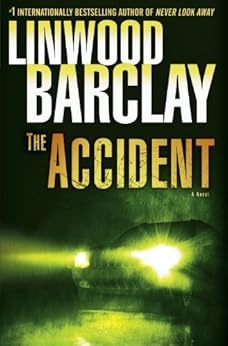Advent Book Calendar – Day 23
Since I
started by blog, I’ve done an annual Advent Book Calendar highlighting books I
have enjoyed and authors I really like.
This year I thought I’d do an Advent Book Calendar with a twist; for
each day leading up to Christmas, I’m going to post a review of a book to which
I’ve given only one star (Throw a book at this one) or two stars (Don’t put this book in your book bag). Though I would not recommend these books,
others have disagreed with me. Each
book, on Goodreads, has received a 3 or 4 Star average rating.
Review of Coming of Age in Mississippi by Anne
Moody
2
Stars
 A friend
returned from a trip to Mississippi and bought me this book during her visit
there. I looked forward to reading it because it promised an interesting
first-hand perspective, that of Anne Moody, an insider in the civil rights
movement or, as Sen. Edward Kennedy stated, "A history of our time, seen
from the bottom up." I was greatly disappointed because it offered little
insight.
A friend
returned from a trip to Mississippi and bought me this book during her visit
there. I looked forward to reading it because it promised an interesting
first-hand perspective, that of Anne Moody, an insider in the civil rights
movement or, as Sen. Edward Kennedy stated, "A history of our time, seen
from the bottom up." I was greatly disappointed because it offered little
insight.
The
autobiography often read like a catalogue of events: I did this and then I did
this and then. . . From my studies and readings, I'm familiar with the facts of
what happened; I expected to read about the impact of the events. It would have
been interesting to read about how she felt, especially during events like the
Woolworth's lunch counter sit-in. Only 3 1/2 pages are devoted to this protest,
and the focus is on what everyone did, not on her feelings at the time. Being a
participant, Moody could have added to the historical record by describing
personal reactions, thereby increasing the reader's understanding and arousing
his/her empathy. Her account is the equivalent of a newspaper story.
When there
is an attempt to describe her feelings, it is not very revealing. She does
faint a lot: "Everything around me went black" (387) and "my
head began to spin" (402). Other reactions to situations are to move
slowly or not at all: "It took me about an hour to change my uniform"
(388) and "I sat there for a while with my face buried in my hands"
(414).
There are
many contradictions in the book. She makes statements like, "if [the white
teachers] were at all like the whites I had previously known, I would leave the
school immediately" (267). This statement totally ignores previous
comments: "I thought of how nice these [white] people were to us . . .
[They] treated me like I was their daughter. They were always giving me things
and encouraging me . . . " (59). Summarizing her first experiences at
working for whites, she says, "The five I had worked for so far had been
good to me" (118).
Her
treatment of her family is likewise contradictory. With her sister she moves
into an apartment and then leaves her to cover the costs: "We had just
moved into that apartment, we owed at least one hundred dollars on the
furniture, and she couldn't take care of those bills alone" (399). She
admits to "hat[ing] to run out on Adline" (399), but she does it
nonetheless. Then, when Adline does not attend Anne's graduation, Anne says,
"She had lied and said that she would come to the graduation" (419),
although Adline had made no such promise when she spoke about attending the
ceremony (400).
Publisher's Weekly praised Moody for telling her story
"without a trace of see-what-a-martyr-am-I" but I found she could be
full of self-pity. She talks about her exhaustion and having to wear the same
clothes all day and losing "'about fifteen pounds in a week'" (324).
She is upset that no family member attends her college graduation: "'Here
I am,' I thought, 'alone, all alone as I have been for a long time'" (415
- 416). She repeatedly bemoans the fact that she can't go home, totally
disregarding the fact that she was the one who chose to sever ties with her
family: "'These people just ain't no damn good! Everybody in this fuckin'
town ain't no good. I'm gonna leave this goddamn town right now'" (210).
Incidentally, after this tirade, she complains that her stepfather is
"'running around the house cursing all the time'" (214).
Moody can
be admired for some candor in the book. Blacks are not viewed as totally
innocent; for example, she decries the treatment her mother receives from her
second husband's family "for no reason at all than the fact that she was a
couple of shades darker than the other members of their family. Yet they were
Negroes and we were also Negroes. I just didn't see Negroes hating each other
so much" (59). Several times she mentions her frustration with the apathy
of the people she is trying to register for the vote. She is present for Martin
Luther King's speech in Washington, but she dismisses it: "I sat on the
grass and listened to the speakers, to discover we had 'dreamers' instead of
leaders leading us. Just about every one of them stood up there dreaming.
Martin Luther King went on and on talking about his dream. I sat there thinking
that in Canton we never had time to sleep, much less to dream" (335).
There is no
doubt that Blacks suffered under the Jim Crow laws, but some of Moody's
descriptions seem over-the-top. The arrest of protesters in Jackson and the
presence of police dogs, though they "were not used" (298), prompt
her to compare the situation to Nazi Germany. Policemen are compared to Nazi
soldiers (305) and a fairgrounds detention centre is called a
"concentration camp" (360).
The writing
style is tedious to say the least. The repeated use of short, simple sentences
becomes very monotonous: "I was there from the very beginning. Jackie
Robinson was asked to serve as moderator. This was the first time I had seen
him in person. . . . Jackie was a good moderator, I thought. He kept smiling
and joking. People felt relaxed and proud" (285). Where did Publisher's
Weekly find "good writing"?!
Moody has a
story worthy of telling, but it could have been more effectively told. As is,
it is a tedious read which details mundane events and omits the personal
emotions that would have made the book a very compelling read.
















